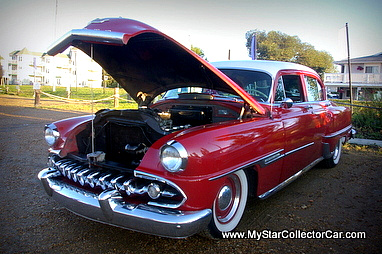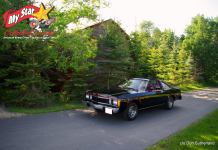I have a keen interest in old movies and TV programs for many reasons.
I like the period-correct feel of these shows from the past because they represent a bygone era-not some flake’s 21st century myopic vision of the past.
Jim Sutherland
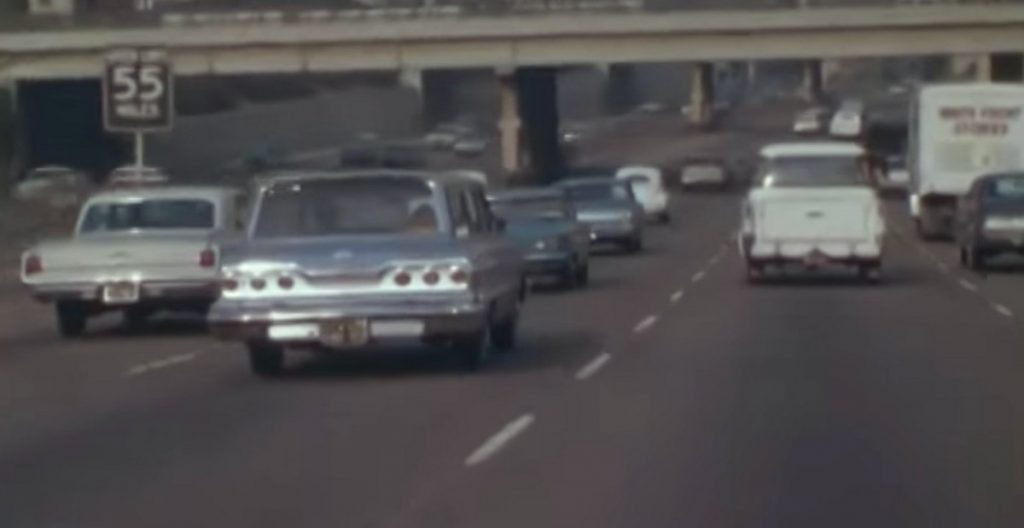
I like the abbreviated credits at the end of the show because, unlike modern movies and TV programs, they don’t include a long list of people who are given credit for their extremely minimal contribution to the production. Long lists of humanity at the end of a modern movie or TV show get uncomfortably close to the concept of participation trophies in today’s kid sports and is an incredibly good reason for me to move my thumb to the stop or fast-forward button on my remote.
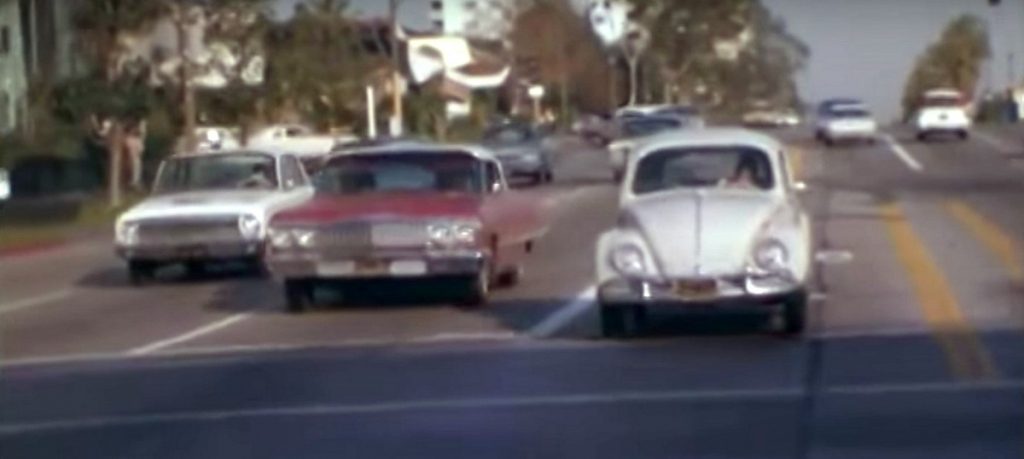
However, my main reason for watching old movies and TV shows is the vast array of old vehicles in them. These rides were new when most of the filming took place and demonstrate many of the characteristics of their factory condition at the time.
For example, the vehicles were still able to fend off the relentless laws of gravity and hard-core road use when they were brand new. Therefore, an old movie or TV show will reflect the actual ride height of a vehicle from the past.
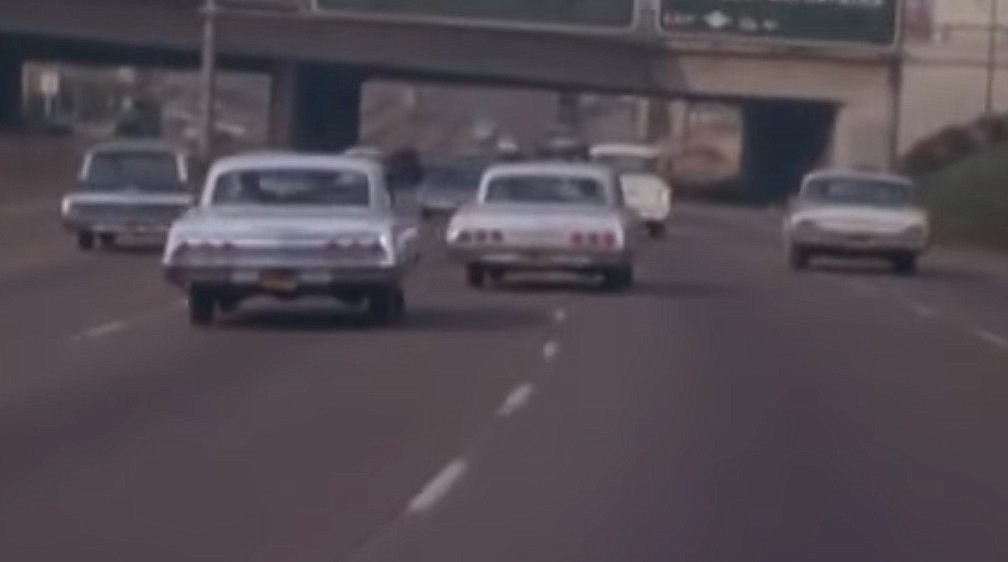
Eventually a vintage vehicle will succumb to the ravages of time and its own weight combined with the forces of gravity to fall closer to the pavement below it. This kind of sag requires rebuilt (or new springs), along with replacement shock absorbers to climb back up to its factory heights.

However, many car guys have a different game plan for their vintage vehicles and choose to slam them down to the ground-or raise them up to the stratosphere. Many TV car guy shows follow this same basic plan and are itching to cut out the old springs and replace them with lowered versions or air ride systems.
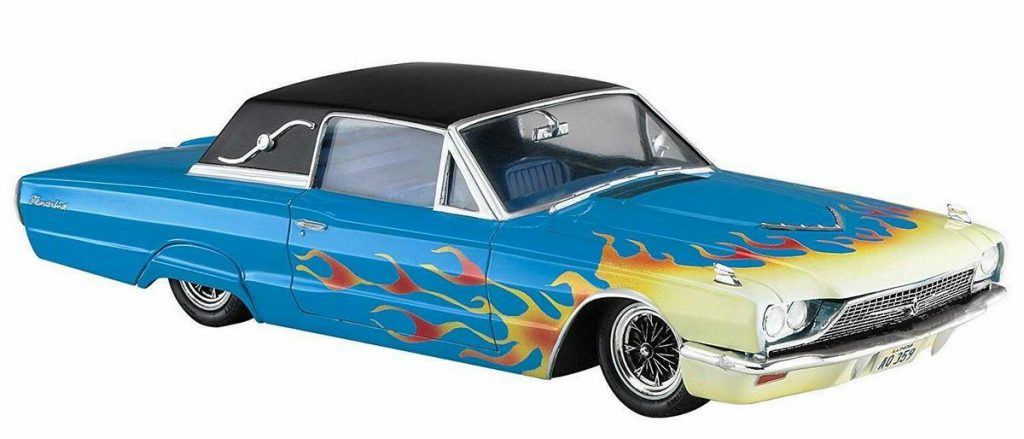
They almost seem to be in full-blown panic mode to ensure the oil pan on their altered rides can scrape the top of most garden variety manhole covers on any given street.
This is the exact point when I get uncomfortable with their decision to change the factory ride height on a vintage vehicle for cosmetic reasons. I understand why some pre-war vehicles fitted with modern or modern-ish powertrains get lowered because a car that was engineered to clip along at about 20-40 mph is not designed to travel along at 70-80 mph.
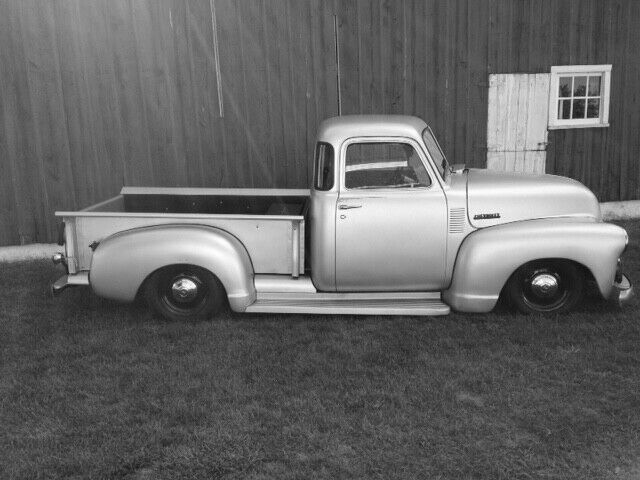
These vehicles are one end of the height debate for me, but any vintage car built during the late 1950s (and any year after this automotive period for that matter) is wide open for the slam debate in my opinion.
A lowered vintage vehicle may not make the grade with me any more than a car with the rear end jacked up to extreme heights made the grade with me when I was a kid. The jacked-up rides were cartoon cars to me at the time and the same vibe can be applied to lowered cars when the drop is too close to the pavement and hinders their actual drivability.
The factory ride height of old iron is very evident in retro movies and TV shows.
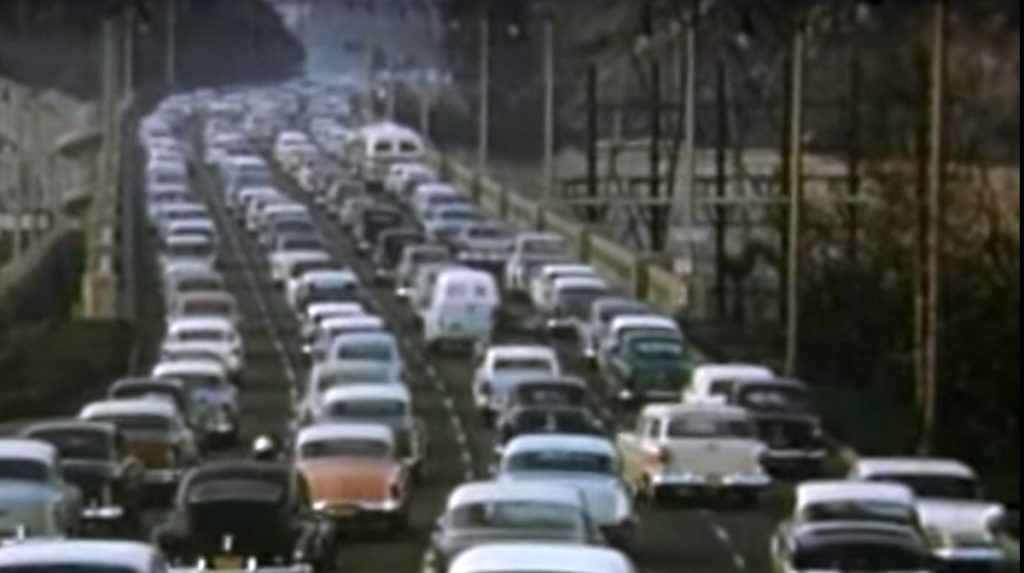
The ravages of time, gravity and an obsessive need to slam (lower) an old car has made the old flicks even more important for reference points in my world.
BY: Jim Sutherland
Jim Sutherland is a veteran automotive writer whose work has been published by many major print and online publications. The list includes Calgary Herald, The Truth About Cars, Red Deer Advocate, RPM Magazine, Edmonton Journal, Montreal Gazette, Windsor Star, Vancouver Province, and Post Media Wheels Section.
- CLICK HERE to Sign Up for the Newsletter
- CLICK HERE to Like us on Facebook
- CLICK HERE to Follow us on Twitter
- CLICK HERE to Follow us on Pinterest











































